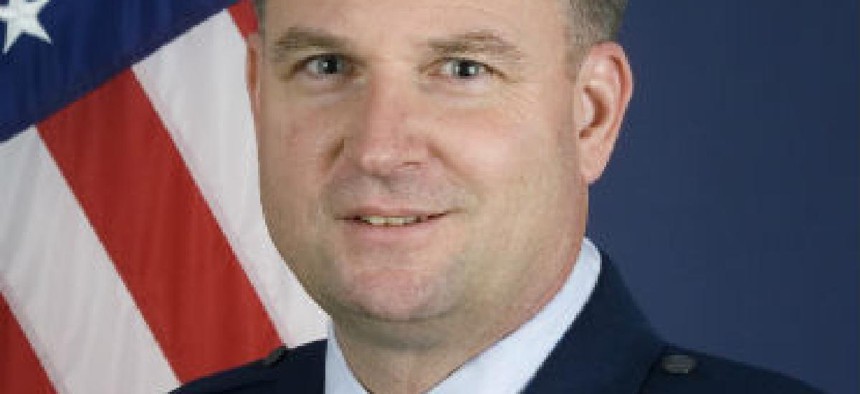DOD's single IT service provider seeks to get synchronized

One challenge the Joint Service Provider has faced is simply getting IT personnel from across the National Capitol Region in the same place.

Brig. Gen. Brian Dravis said that although the Joint Service Provider is still being established, the centralized program is already saving DOD money.
It has been less than a year since Deputy Defense Secretary Robert Work mandated the establishment of a joint provider of IT services at the Pentagon, and the fledgling organization is still getting synchronized.
"While we're very well integrated at the top tier, I'll be the first to admit...[in other] parts of the organization we haven't integrated to the rate and the pace that I'd like," said Brig. Gen. Brian Dravis, who leads the program as director of the Defense Information Systems Agency's Joint Information Environment Technical Synchronization Office. He spoke March 31 at a conference hosted by AFCEA's Northern Virginia chapter.
One challenge the Joint Service Provider (JSP) has faced is getting IT personnel from across the National Capitol Region in the same place.
"We're having to literally, physically move a number of people from wherever they were in the legacy organizations to a new unified location based on their place in the new organization," Dravis told FCW after his speech. It will take time to work through that challenge, he added.
The establishment of JSP is an effort to reduce redundancies in how DOD delivers IT services across its vast bureaucracy. For instance, JSP brought the Army's Information Technology Agency and DOD's Enterprise Information Technology Service Division under one roof.
A months-long review of the department's IT costs, which preceded the establishment of the single IT service provider, "challenged many of our organizational and institutional interests, but it is essential that we undertake this IT transition aimed at achieving significant savings to preserve our warfighting capabilities," Work wrote in a May 2015 memo.
Dravis said his organization previously went by the unwieldy name Joint IT Service Provider-Pentagon, but that "just didn't roll off the tongue" so officials changed it to JSP.
The goal is to save money, and Dravis said JSP has already met its fiscal 2016 target. It has reduced the number of aggregate contracts by about 20 percent over the past eight or nine months, he added.
JSP's fiscal 2016 goals cover some of the Pentagon's top IT priorities. Dravis said his team is determining the financial requirements for the department's move to the Microsoft Windows 10 operating system and is working on providing Wi-Fi access at the Pentagon.


